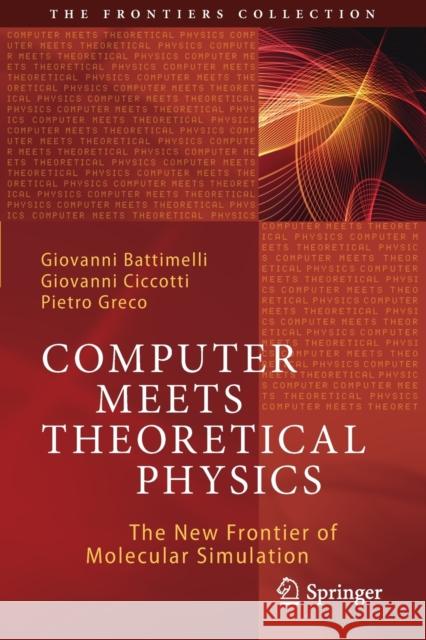Computer Meets Theoretical Physics: The New Frontier of Molecular Simulation » książka
topmenu
Computer Meets Theoretical Physics: The New Frontier of Molecular Simulation
ISBN-13: 9783030394011 / Angielski / Miękka / 2021 / 206 str.
Computer Meets Theoretical Physics: The New Frontier of Molecular Simulation
ISBN-13: 9783030394011 / Angielski / Miękka / 2021 / 206 str.
cena 220,86
(netto: 210,34 VAT: 5%)
Najniższa cena z 30 dni: 192,74
(netto: 210,34 VAT: 5%)
Najniższa cena z 30 dni: 192,74
Termin realizacji zamówienia:
ok. 22 dni roboczych.
ok. 22 dni roboczych.
Darmowa dostawa!
Kategorie BISAC:
Wydawca:
Springer
Seria wydawnicza:
Język:
Angielski
ISBN-13:
9783030394011
Rok wydania:
2021
Wydanie:
2020
Numer serii:
000308052
Ilość stron:
206
Waga:
0.31 kg
Wymiary:
23.39 x 15.6 x 1.17
Oprawa:
Miękka
Wolumenów:
01
Dodatkowe informacje:
Wydanie ilustrowane











